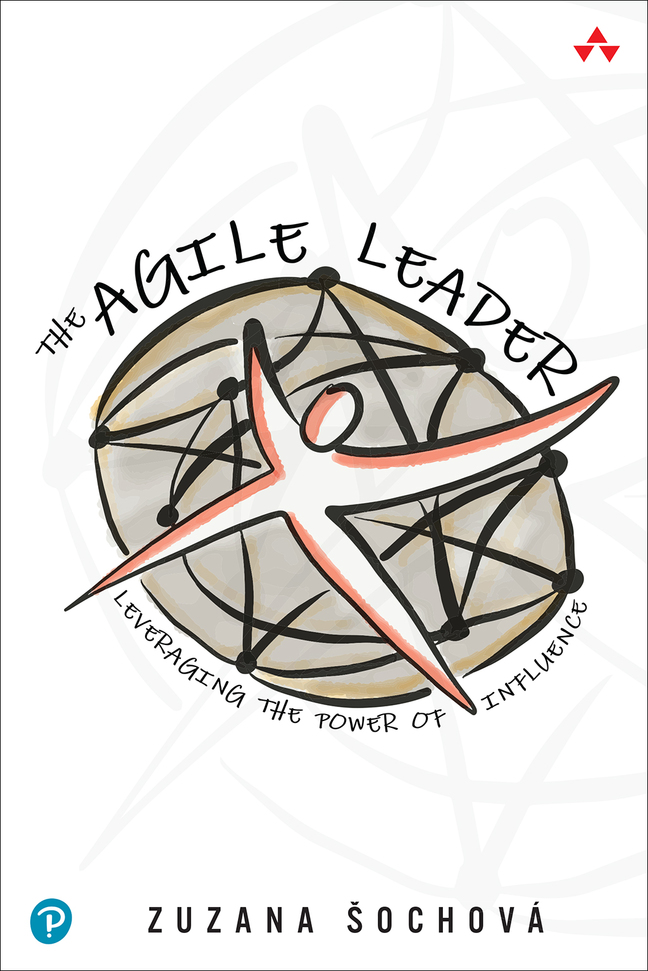Modern world brings not only the different way of developing software called Agile but also changes in the organizational structure and leadership. You see it more and more often. People at the classes are asking why their managers are not there to hear the message. But very often they are, and they are ready to change the entire organization and their leadership style.
 The ‘Shu’ level of Agile transformation is focused on practices and individuals or teams. How can we start? As a result, we create small isolated islands of Agility where we get to experience and learn more about what does it mean to be Agile. Sometimes companies are looking for shortcuts. But you can’t skip this level. It’s your foundation. If you make it solid, you are more likely going to be successful with Agile at the organizational level. At this level, you might see some improvements, but can’t achieve greater efficiency across the whole organization.
The ‘Shu’ level of Agile transformation is focused on practices and individuals or teams. How can we start? As a result, we create small isolated islands of Agility where we get to experience and learn more about what does it mean to be Agile. Sometimes companies are looking for shortcuts. But you can’t skip this level. It’s your foundation. If you make it solid, you are more likely going to be successful with Agile at the organizational level. At this level, you might see some improvements, but can’t achieve greater efficiency across the whole organization.
 The ‘Ha’ level of Agile Transformation is when you start Scaling phase. This is where the Business Agility starts to take place. That’s where the different leadership starts to be critically needed as you have to grow the different structure and mindset. The key focus is shifting towards how to develop leaders and how senior employees are growing within a company. As the right culture is getting its place, people are coming with innovative creative ideas which can make a difference in the company results. This situation is currently the biggest challenge we are facing now as an industry and its topic of many discussions. Together with Scaling frameworks (like LeSS – Large Scale Scrum) which address the organizational design, we talk about different Agile management practices, Agile HR, Agile in marketing, Agile in finance. Companies that understand this can create an environment that is more efficient, productive, and more successful than anything we have ever achieved with classical management methods.
The ‘Ha’ level of Agile Transformation is when you start Scaling phase. This is where the Business Agility starts to take place. That’s where the different leadership starts to be critically needed as you have to grow the different structure and mindset. The key focus is shifting towards how to develop leaders and how senior employees are growing within a company. As the right culture is getting its place, people are coming with innovative creative ideas which can make a difference in the company results. This situation is currently the biggest challenge we are facing now as an industry and its topic of many discussions. Together with Scaling frameworks (like LeSS – Large Scale Scrum) which address the organizational design, we talk about different Agile management practices, Agile HR, Agile in marketing, Agile in finance. Companies that understand this can create an environment that is more efficient, productive, and more successful than anything we have ever achieved with classical management methods.
 Finally, the ‘Ri’ level of Agile transformation starts when the Business Agility is the normal way you operate your business. We have individual Agile leaders in the organization, and people take over initiatives. This is a time for another organizational shift. At this stage, we have a true Agile executive team, focusing on long-term strategy and Agile Board of Directors focusing on the purpose and vision both working as teams collaborating together. Both truly living Agile values.
Finally, the ‘Ri’ level of Agile transformation starts when the Business Agility is the normal way you operate your business. We have individual Agile leaders in the organization, and people take over initiatives. This is a time for another organizational shift. At this stage, we have a true Agile executive team, focusing on long-term strategy and Agile Board of Directors focusing on the purpose and vision both working as teams collaborating together. Both truly living Agile values.

 Learn more about transforming organizations, leadership, and culture with Agile & Enterprise Coaching. Check our Scrum and Agile training sessions on Sochova.com. Grab a copy of The Great ScrumMaster: #ScrumMasterWay book and The Agile Leader: Leveraging the Power of Influence book.
Learn more about transforming organizations, leadership, and culture with Agile & Enterprise Coaching. Check our Scrum and Agile training sessions on Sochova.com. Grab a copy of The Great ScrumMaster: #ScrumMasterWay book and The Agile Leader: Leveraging the Power of Influence book.
Disclaimer: All I write on this blog is purely personal and has no relation with any position I have, used to have or will have in the future.
